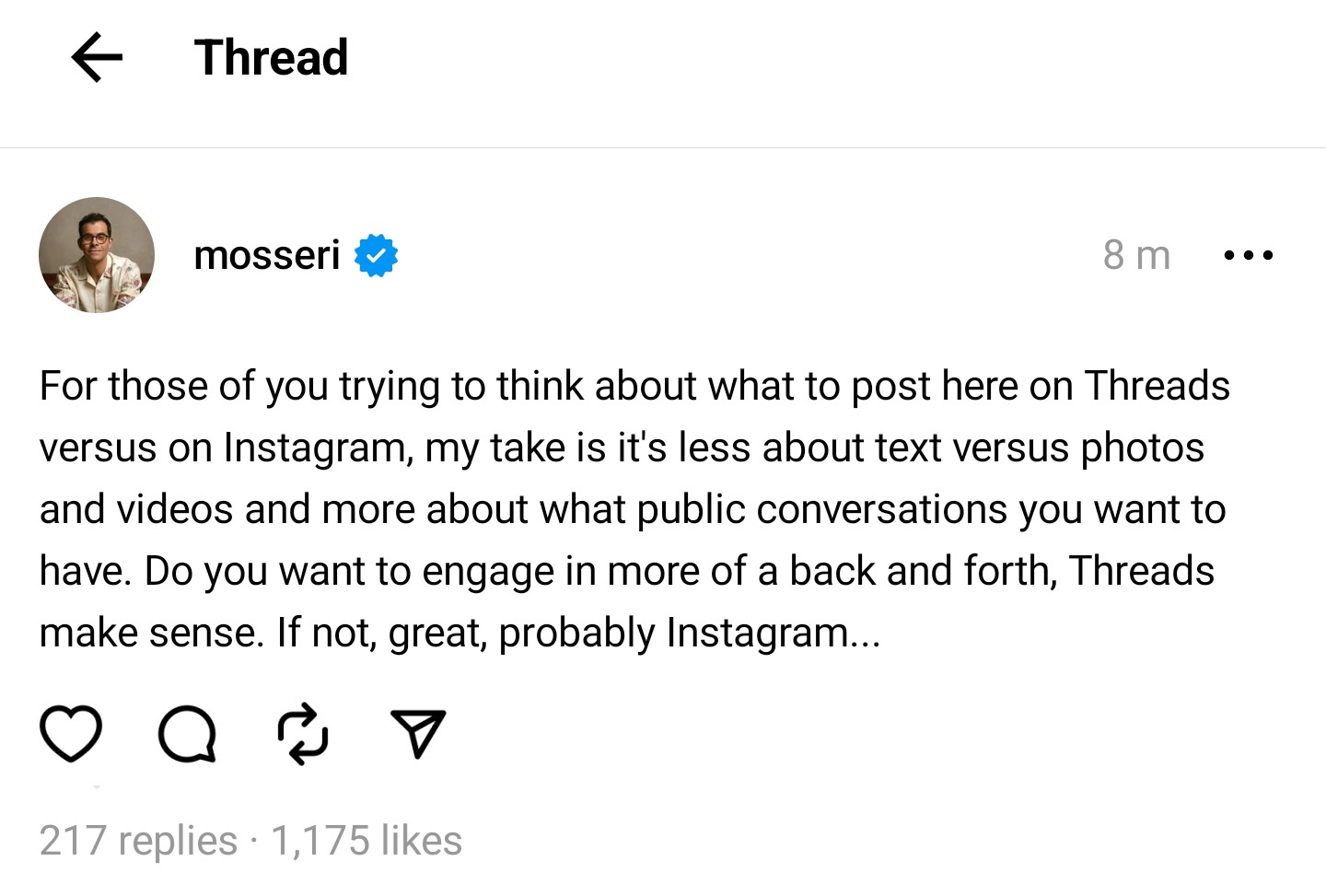Affiliate links on Android Authority may earn us a commission. Learn more.
I tried Threads and I think Twitter is in trouble
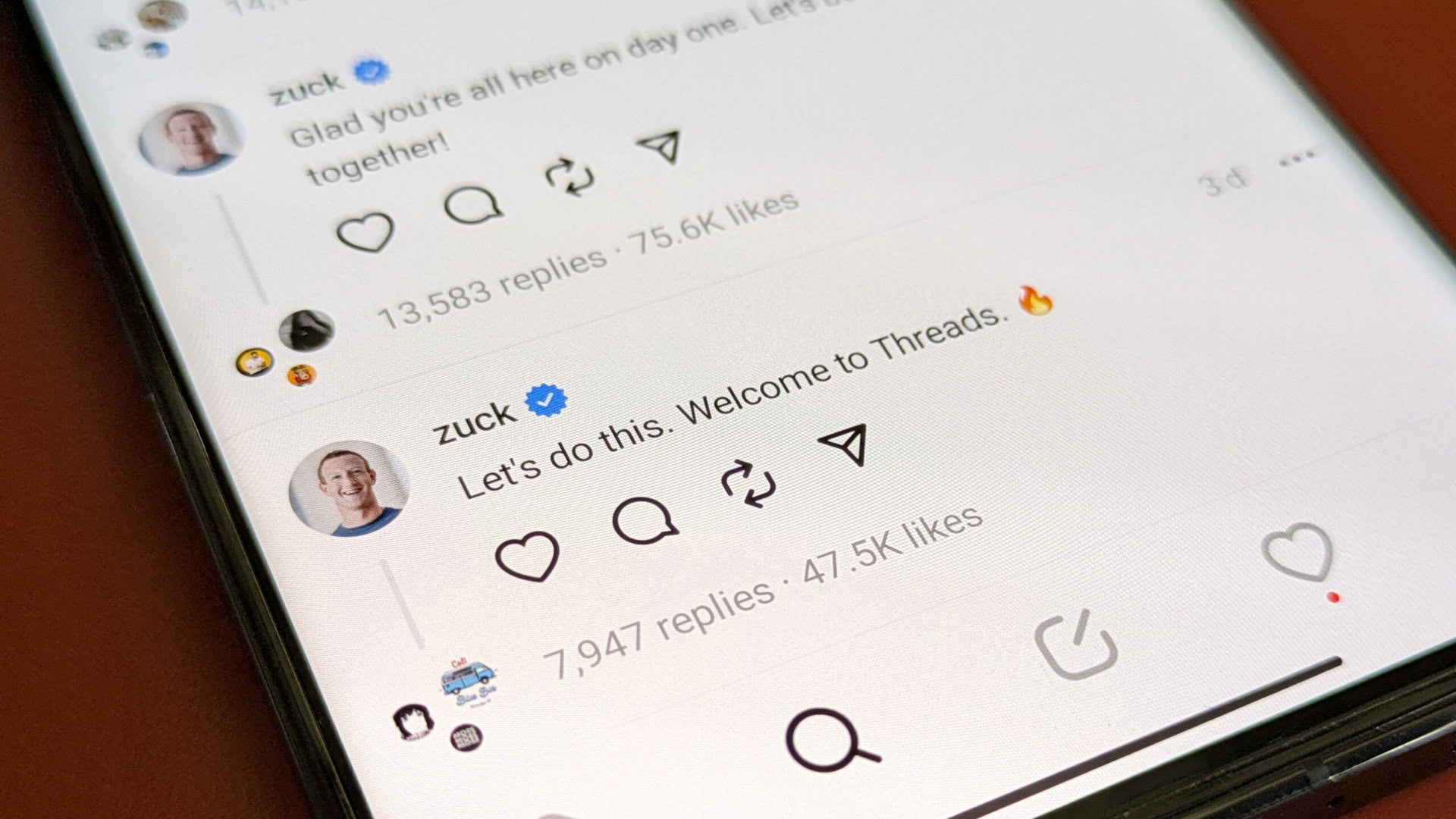
I’ve been a Twitter user for over a decade and an active Twitter user for about half of it. The social media platform has been a boon for my career as a tech journalist, giving me direct and unfettered access to experts and end users alike. But anyone active on Twitter recently knows the ground realities of the social media network ever since the Musk takeover. So when Meta launched Threads, its Twitter competitor, I was definitely interested. After trying out Threads for a bit, I’m convinced that Meta is going to rule over my social media and communication apps, and I’m strangely on board.
What is Threads? Here’s what you need to know before you join
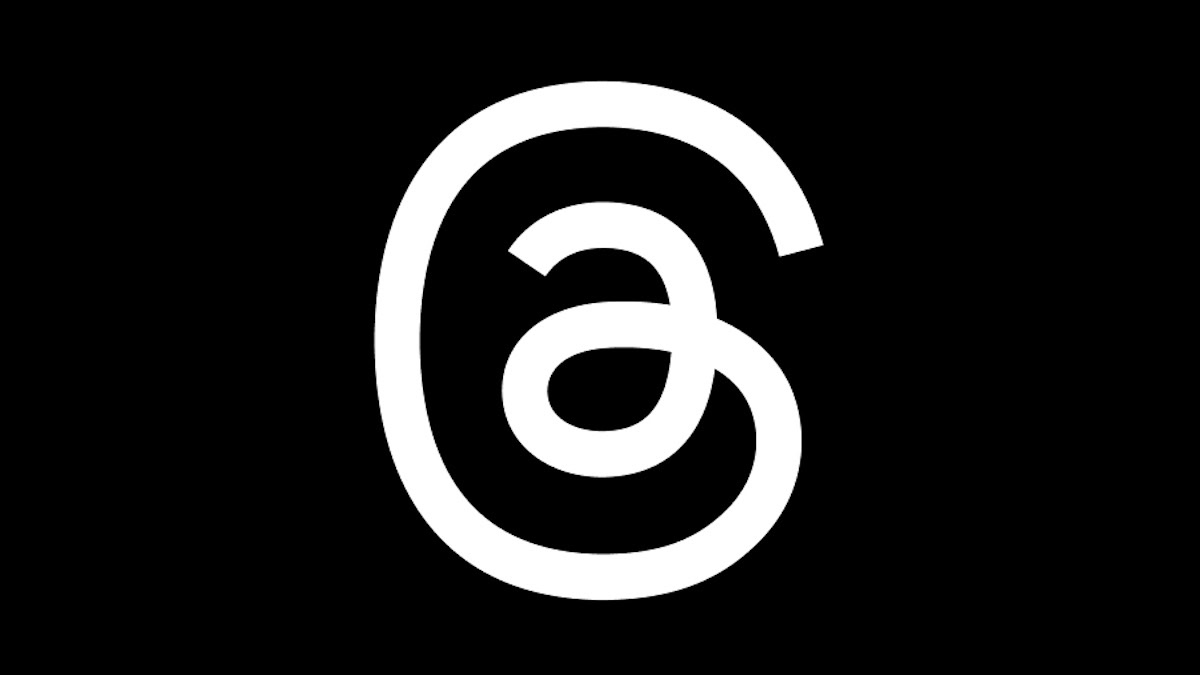
Threads is a text-centric social media platform that is intended to live adjacent to the photo and video-centric social media platform Instagram. It’s owned by Meta, the parent company of Facebook. In a way, Meta owns some of the most popular social media and communication apps on the Internet: Facebook, Instagram, WhatsApp, and now Threads.
Meta promises that Threads will be compatible with open and interoperable social networks built on the ActivityPub protocol in the future (like Mastodon). At launch, this functionality is missing. So there is no fediverse integration just yet.
Threads: Launch and availability
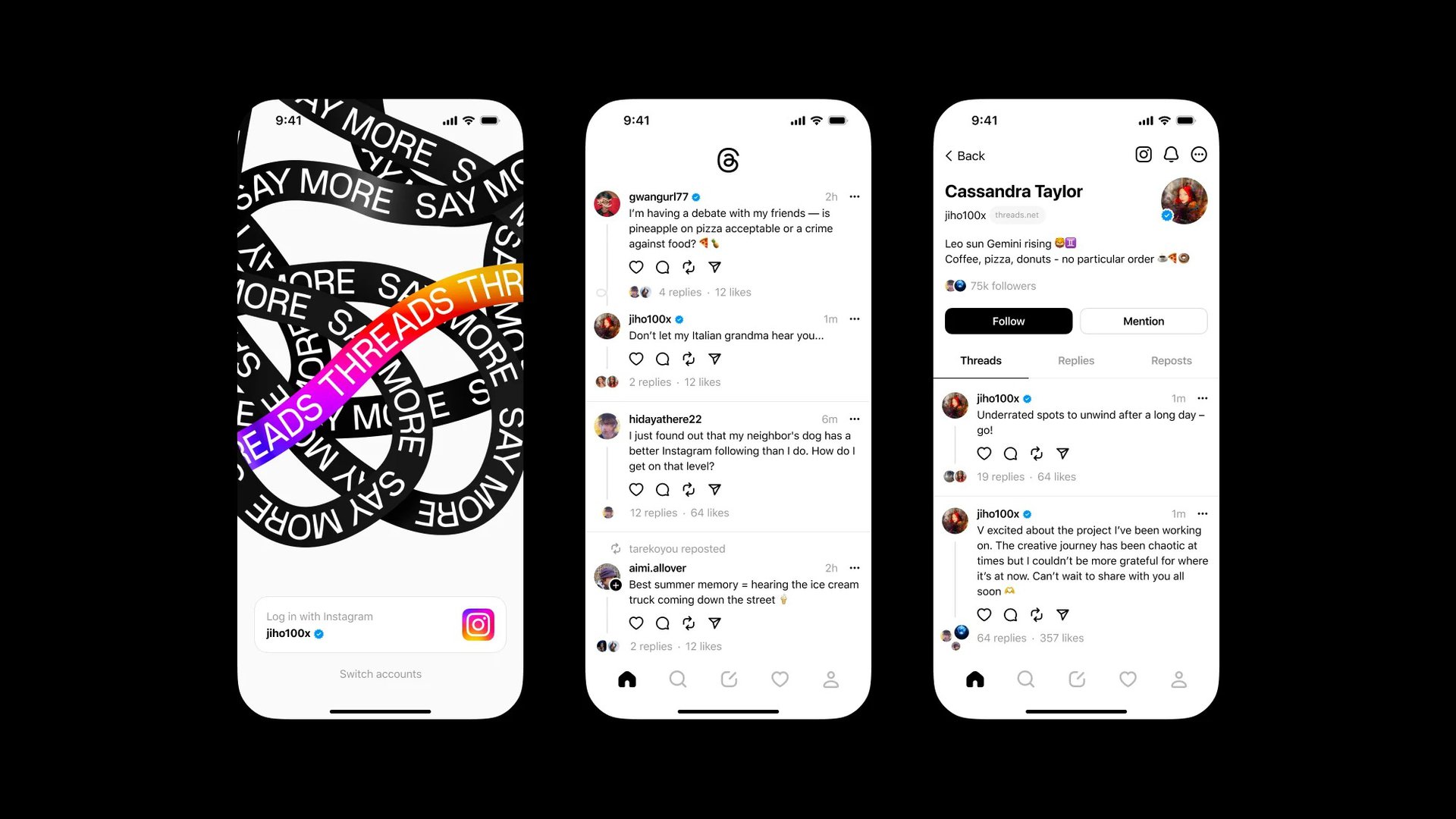
Threads was launched on July 5, 2023, on Android and iOS. There is no web app or website available at launch, though users can view posts and profiles through the web URL.
To clarify, you cannot view your timeline at https://www.threads.net/, but you can view individual profiles like https://www.threads.net/@zuck, and individual threads like https://www.threads.net/t/CuP48CiS5sx. We presume a functional web app or desktop app for macOS and Windows will come as the social media platform matures over the months.
Threads is available in over 100 countries at launch, but it controversially skips out on the entirety of the EU over regulatory concerns.
Threads basics: UX and tweeting (threading?)
Threads is a Twitter alternative, and it borrows many of its core ideas from Twitter while also taking advantage of its Instagram roots. The UX is fairly straightforward, with five tabs in the navigation bar: Home, Search, New Post, Activity, and Profile.
The Home page is a bit confusing and overwhelming, even if it appears clean. By default, you can get recommended threads from all public profiles on the platform and not just from the people you are following. The algorithm does a decent job at keeping this balanced, but I would have still liked a cleaner Home page with content from just my followers.
Posts on Threads have a 500 character limit.
Much like you can on Twitter, threads and their replies can include text, links, photos, videos, or any combination of them. There is no support for GIFs, though, and features like thumbnail previews of links are not available yet, either. Posts can be up to 500 characters long, while videos can be up to 5 minutes in length.
What are posts on Threads called?
Posts on Threads are called just “threads,” which is a jab at the threads that Twitter users are so fond of creating (a group of consecutive and connected tweets is called a thread on Twitter). So every post on Threads is a thread, and a group of threads is still a thread.
The act of posting on Threads has not been given a branded name yet. You can call it “posting,” while early users are divided between calling it “tweeting” and “threading.”
Who can join Threads?
Anyone who has an Instagram account can create a Threads profile. But note that while you can independently deactivate your Threads profile, you cannot independently delete your Threads profile. You will have to delete your entire Instagram account to delete your Threads profile. So keep that in mind before you join and get invested.
Threads and Instagram cross-play and integration
When you sign up on Threads, you see a lot of its Instagram roots. You obviously have to choose an Instagram profile to sign up. You can import your Instagram bio and link.
Threads gives you the option to automatically follow everyone you follow on Instagram. This is good for populating your feed from the get-go, but I would advise caution: both platforms focus on and reward different types of content, and not all content creators excel at those types. Seeing frequent duplicates will sour your experience, too, so I recommend maintaining some variety and diversity between Instagram and Threads.
Once you join Threads, Instagram displays a temporary badge under your Instagram profile that links to your Threads profile. This makes it easy for your Instagram followers to find your Threads profile.
Similarly, there is also an Instagram icon on your Threads profile that takes you to the connected Instagram profile.
Within Threads, there are quick share options to share your threads as Instagram posts and as stories (and also to Twitter, by the way).
The threads use the unique Threads splash screen background for the posts and stories. But unlike tweets shared to Instagram, threads that are shared to Instagram on your story can be clicked on to take you directly to the thread within the Threads app. You can’t click on threads shared as Instagram posts, though.
Accounts that you block on Instagram are blocked on Threads too. The blocklist is common.
Since this is a Meta app, we wouldn’t be surprised to see further integration with Instagram, Facebook, and WhatsApp.
Threads and privacy
Similar to Instagram and Twitter, Threads gives you the option to choose between a public or private profile, at the time of account creation and later on in profile settings. If you are under 16 (the age you declare on your Instagram account), then your Threads profile will be private by default, even if you have a public Instagram account. You can change it to public at your own will.
Meta has a helpful table on the differences between a public profile and a private profile.

Anyone who has used Instagram or Twitter will find the above very familiar. As a private profile, you will have to manually approve followers, who can then access and interact with your profile. As a public profile, you get a lot more visibility on the platform, with your profile being recommended to others on Threads to follow and being available for search engine results as well.
All of this affects third parties on the platform. But what about privacy from the platform itself? That is a great question, and you only have to take a look at the permissions requested by the iOS and Android apps to know what Meta wants to know about you (hint: everything).
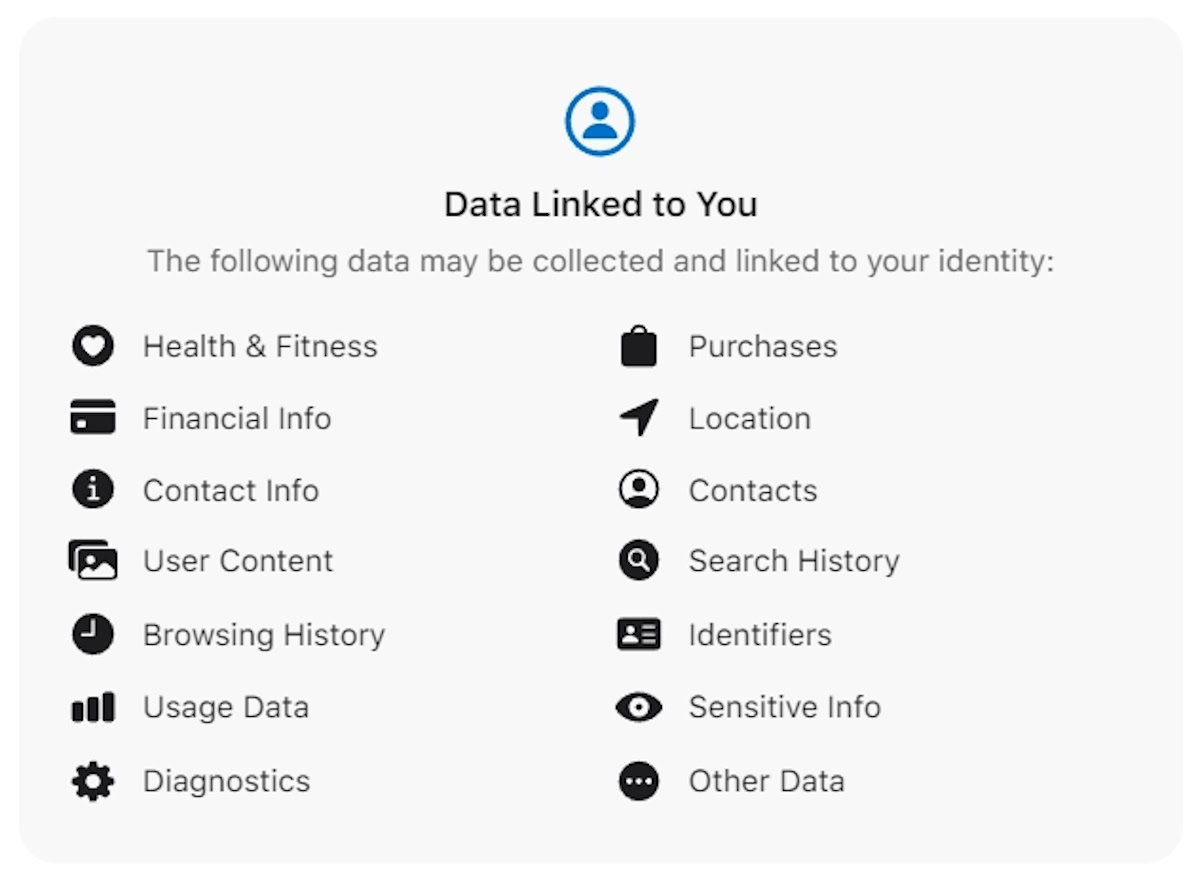
There’s no denying that Threads is overreaching with the data it wants on its users. Unfortunately, with the deep Instagram integration, the new social media platform has a ready user base that it can tap into, who likely won’t be paying so much attention to this.
We hope Meta considers trimming some of the data it is collecting, but knowing Meta’s business practices, that’s a pipe dream.
My experience with Threads so far: The good, the bad, and the work in progress
Within a few hours of using Threads, the platform got me hooked, and that’s something other Twitter alternatives could not manage to do. I’ve tried out Mastodon and Bluesky, and watched from afar as everyone jumped onto Hive Social and a bunch of other apps.
All of these alternatives did a fair few things better than Twitter and Threads, but they lacked the one thing that makes a successful social media platform: a critical mass of people. What made Twitter great wasn’t just the features that it has but the people it managed to attract and retain. Once you have the people, the brands will come, the government representatives will come, the celebrities will come, and so will the advertisers behind them.
What Threads represents is the best shot of these ingredients coming together on an established platform (outside of Twitter itself). So even though Threads is fairly basic in what it does, it has great potential at finally being the Twitter alternative that overtakes Twitter.
The good
How do you attract enough people to attain a critical mass? By making things familiar and dead simple.
Threads taps into Instagram and brings over people you already are familiar with, with just one click. The import process during profile creation was also one-click and painless. You don’t have to worry about yet another username and password, nor worry about what server you are joining or about setting up your bio or your profile picture. From past experience, Meta knows these are pain points, and hence, it automatically does it for you, making onboarding an absolute breeze.
As a result, the moment you agree to hand over control (and all of your data) to Meta, you find yourself surrounded by your favorite creators and their text-centric creations. You automatically have a good group of people you are following, and if any of your existing followers sign up, they also get the option to follow you during their signup. The community is pre-made and served on a silver platter.
Thanks to its Instagram userbase, Threads has a ready community that it serves to new users on a silver platter.
Next comes content creation, and the vibes at Threads are “2015 Twitter” right now. Most people are engaging in lighthearted banter so far, which, more appropriately, is called “shitposting” in Twitter parlance. The community is getting acquainted with the nascent platform, though it would take some time to figure out the overall tone and use cases for the platform.
Simplicity is the flavor across the app right now. There isn’t much you can do wrong on the app. You post, repost, like, and share. These are all actions that everyone is familiar with. The algorithm is equally unknown to everyone, so nobody really knows what type of content works and what doesn’t.
You also don’t have brands and organizations trying to claim their space and impose their business on you (yet). There are no ads and promotions (yet). And there are no impostors trying to impersonate influential figures with paid blue ticks (yet).
For its first release, Threads sticks to the basics and keeps things simple.
All of Instagram’s content rules apply, so you won’t be running into too much NSFW content, as you could on Twitter. That makes it easier to navigate the site and also keeps it attractive for advertisers (and subsequently, gives it hope for longevity).
For a social media platform that is just one release and a few hours old, Meta has done an excellent job.
The bad and the work in progress
As for the bad, there are a few points. The Home timeline is confusing, with little rhyme or reason that could be discerned. It’s one giant list of everyone you follow mixed with recommended content. It needs options for chronological sorting, options to maintain lists, and so on. Threads also desperately needs a “following” tab that is reserved to see posts only from people you follow, with no other algorithmic suggestions.
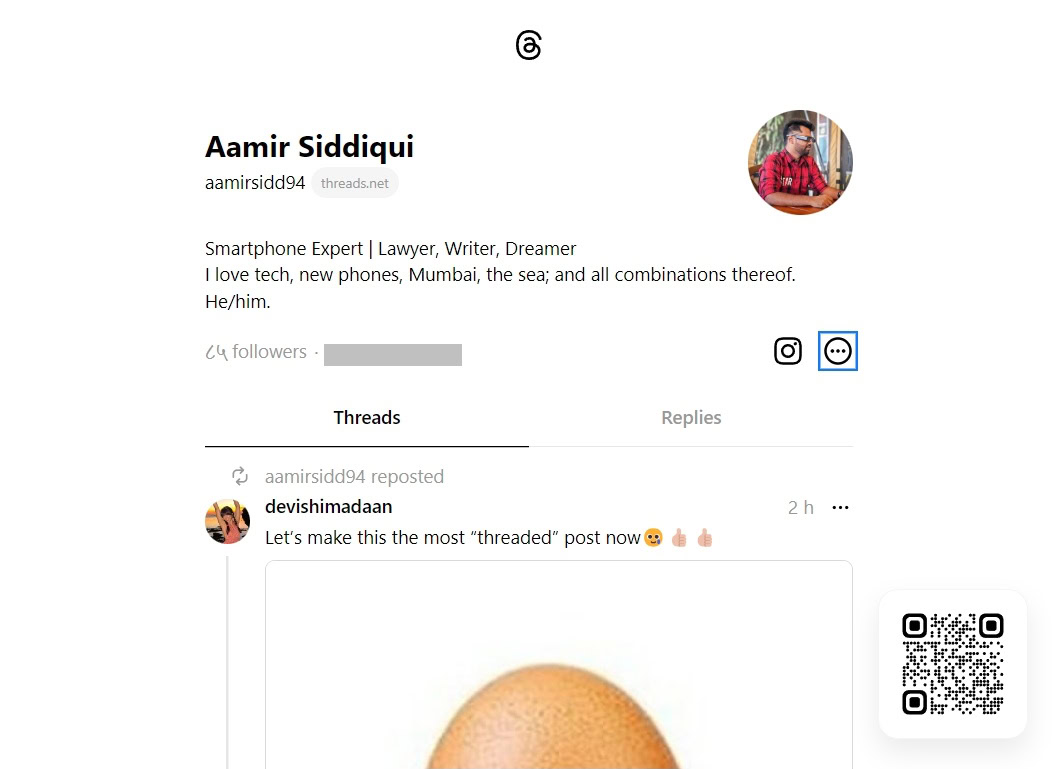
There are no hashtags, no DMs, and no multi-account support. There’s also no web app, so you can’t interact with the social media platform from a computer. There is no support for live audio broadcasting. You can’t save drafts, either. All in all, it’s not a complete Twitter alternative just yet.
Keep in mind that this is the first release of the app and the platform. There’s obviously progress to be made, and knowing Meta, there will be much more to come.
Threads is not a complete Twitter alternative just yet.
I also expect a bunch of social media problems to also crop up as the platform grows. All the pointers with the “yet” tag above will become problems that Threads will need to tackle at some point.
Then there are the privacy concerns. Threads is missing the entirety of the EU due to regulatory concerns, but when it does enter, questions will also be asked on the sheer magnitude of data the app wants to collect. Between WhatsApp, Facebook, Instagram, and now Threads, Meta will have access to a tremendous amount of information for a very large population on this planet. That is a cause of concern, for Meta is a for-profit business at the end of the day. The platform will be monetized in some format at some point in time.
Threads vs Twitter: What are the differences, and which platform is better?
Threads was envisaged as a Twitter competitor, and so obviously, it does a lot of things very similarly. What is different between the two is the maturity of the platform.
Threads is just a few hours old in the public domain, while Twitter has the benefit of decades of existence. Because of Meta’s experience with Threads, the barebones experience does feel polished and seamless, but there’s still a long way to go for the platform. How Threads evolves from this point forward will be fairly unique and not entirely dependent on Twitter.
Similar features on Twitter and Threads
These are the broad similarities between Twitter and Threads:
- Ability to post text, photos, videos, and a combination of them.
- Timeline view that includes recommendations from creators you do not follow.
- Privacy controls for profiles as well as for replies.
- Paid subscription program for verification.
- Ability to block and report profiles.
The base idea between the apps remains the same, and the difference is in execution and maturity.
Differences between Twitter and Threads
These are the broad differences between Twitter and Threads:
- Tweets are 280 characters by default and 10,000 characters for Twitter Blue subscribers. Threads can only have 500 characters.
- Threads does not have a drafts feature.
- Twitter has the ability to create lists and filter the accounts you want to see on your timeline. Threads only has a singular timeline where everything exists.
- Threads does not have alt-text support yet. However, the platform claims that image descriptions are AI generated.
- Threads follows Instagram’s Community Guidelines and other content policies. This means no pornographic or other NSFW content. Twitter has more relaxed rules, comparatively.
- Instagram retains identity-based verification, which is carried over to Threads. Twitter does not have identity-based verification anymore outside of government figures.
- You can control who can mention you on Threads, but you cannot control mentions on Twitter.
- Twitter includes the ability to send direct messages to people. Threads does not have any private conversation support yet.
- Twitter has advanced search. Threads only has a basic search function.
- Twitter has Community Notes feature to tackle misinformation. Threads does not have a corresponding feature.
- Twitter has live audio broadcasting called Twitter Live. Threads does not have a corresponding feature.
- Twitter has a mature desktop website and tools like Tweetdeck, while Threads does not.
- Threads does not have hashtags to spot trending content.
Is this the right time to quit Twitter and join Threads?
Based on the sheer popularity of Threads in the first few hours of its existence, it’s clear that there is pent-up demand for a Twitter alternative. That may come as a surprise for people already on other Twitter alternatives, and that is the power of the Meta brand. Any app developer or SaaS founder will tell you how crazy it is to get 10 million sign-ups on your platform within seven hours of public release, and that’s after excluding the EU.
Threads as a platform is nascent, and it’s bound to grow in popularity and features over the coming months. Unlike Google, Meta shows immense dedication to products and is unlikely to kill a platform in its initial growth phases. If you are okay with Meta’s data practices, now is the best time to join Threads, and grow your popularity along with the platform.
As for Twitter, Elon Musk’s policies have left a lot of people confused and frustrated. Rules change on the platform at the whims and fancies of its owner. Twitter isn’t going away anytime soon, but seeing the polish present on Threads and how Mark Zuckerberg and Adam Mosseri treat their social networks, I predict it will begin bleeding users rapidly.
If you’re joining Threads and expecting something radically different from Twitter, you will be disappointed. It’s meant to be a Twitter competitor, and it doesn’t even compete squarely against Twitter just yet. However, Threads on Day 1 showcases great potential for a text-based social media platform. It also represents hope: the hope of finally finding a crowd-popular alternative for those of us who want to escape Elon’s poorly managed Twitter.
How has your experience been with Threads so far? Let us know in the comments below!
